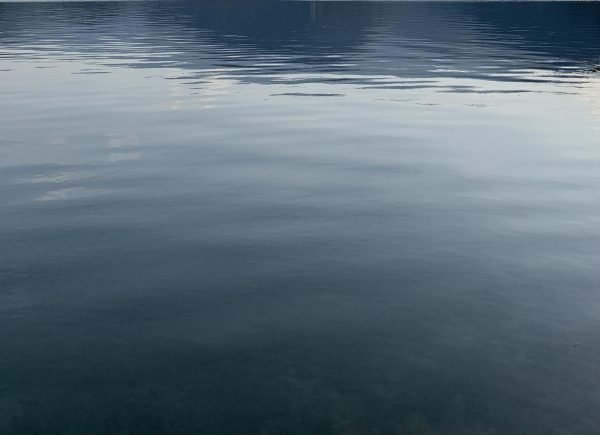UNCW professor studies declining flounder population
Since 2005, professor of marine biology Fred Scharf along with his team of UNCW undergraduates and graduate students, have been studying the migration patterns and genetics of flounder in the New River Estuary of North Carolina.
The team has been studying southern flounder which are found in North Carolina, South Carolina, Florida, Georgia, and into the Gulf of Mexico. Fish are kept track by a system called tagging. A tag is implanted into the flounder in order to record the level of mixing that is taking place between the flounder in each state. When a fish is caught, the tag has a number that the fisherman can call to report it has been caught.
“By returning the tags and calling it in, the fishermen earn a reward amount from 50 dollars up to 200 dollars on rare occasions,” Scharf said. “The amount of the reward depends on the fish. Rewards are used to ensure the reporting rates are high.”
Along with the tagging method to keep track of the flounder, the team is also using acoustic tracking. A special tag is placed inside the fish and various listening stations are positioned throughout the estuary. When a fish swims through a detection stage of one of the listening stations, it will pick up the signal from the tag.
“We are trying to see if we can get a better handle on when they leave and which way they go so we can better predict when most of the flounder leave the system,” Scharf said. “There are season closures when they can’t be caught. If we had a better understanding of when they migrated, we could time those closures better and also protect them during certain migratory windows.”
This data will also help plan management regulations such as when it’s best for closing the estuary or whether it’s okay to build something in the estuary. By understanding the timing of migration and the pathways the fish use, it will provide a better indication on when those closures can happen.
Lisa Hollensead is a member of Scharf’s team and is a current doctoral candidate in marine biology. During this study she is looking at migration patterns and the flounder’s movement. Findings so far indicate that the adults are going offshore to spawn.
“After they spawn off shore the larva is dispersing back into the estuary where they settle and stay in the estuary before they grow into maturity,” Hollensead said. “Part of the problem for flounder is they spend most of their time trying to become an adult in the estuary and that’s where they are vulnerable to all kinds of fishing practices.
A successful management plan that allows flounder to prosper and fishermen to continue to fish the species involves knowing the movement of flounder, when they make their way offshore and how they are leaving.
In 2009, the state of North Carolina implemented a fisheries management plan stock assessment on flounder. It was found that the stock was being overfished. There is risk that the depleting flounder will put the species on the endangered list.
Flounder is the most valuable fish caught in state waters due to the amount of money it generates from a commercial and recreational fishing. A few members from the various fishing clubs on campus commented on the possibility of flounder becoming a species on the endangered list.
“If flounder became endangered it would affect a lot of people not specifically any one group,” Secretary of the Fishing Club Ian Seaver said. “It would affect commercial fisherman and recreational fisherman the most—then the fish houses, restaurants, and tackle shops.”
“Flounder is such a main species to target that I think it would be a big change especially for a lot of the commercial guys that go out and gig at night to make money,” President of the Spear Fishing Club Brian Davis said. “As for me personally, I don’t think it would affect me too much. There are a lot of other species to go after.”
Overall, the goal is to support the fisheries while maintaining the flounder population.
“We want there to be a healthy fishery that’s efficient but we also want to protect a certain fraction of the stock and allow them to get out and get to the spawning grounds,” Scharf said.







